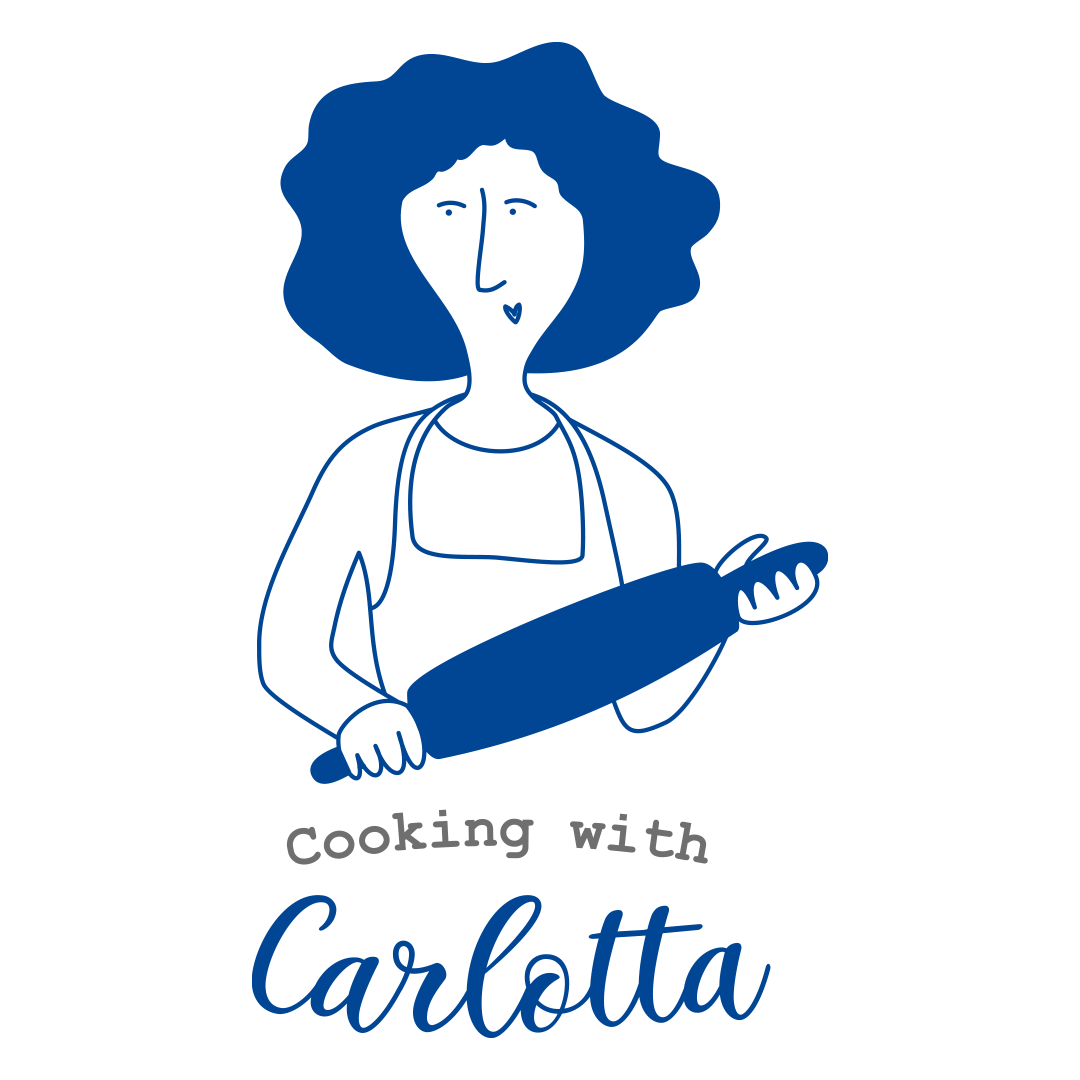Chickpea flatbread is a humble but delicious dish, with its origins dating back to ancient Greek and Roman times. On the Tuscan coasts it is called Cecina, Farinata in Liguria, and is a common dish on the coasts of the Mediterranean, where it was spread by Ligurian sailors.
Porridges and legumes were commonly in use in the Ancient Mediterranean, and it is now common knowledge that this recipe was introduced during the Middle Ages by the Maritime Republics of Pisa and Genoa. The legends which recount the birth of this recipe are fascinating: the first narration recalls the siege of Pisa in 1005, when the Pisan fleet was in Calabria to help its inhabitants, which had been attacked by Saracens. Some Arabic vessels pointed North and assaulted Pisa. Its desperate citizens reacted to the attack, hurling anything they could grab on the attackers. Almost anything was hurled on the heads of the Saracens, furniture and food too; sacks of chickpeas, which were stepped on and mixed with boiling olive oil, among other things.
When the attackers left, the hungry citizens tried to salvage their properties, and the chickpea flour, which had been mixed with olive oil. At the time, wasting food was not an option, and the citizens tried to recover the slop, which had dried in the sun. The citizens called it “Pisa gold” referring sneeringly to the attempts of the Arabs to seize the city’s riches.
Another legend refers to an ensuing battle, the one in Meloria in 1248. Genoa won over Pisa and took the Tuscan sailors as hostages. The Ligurian galleys were involved in a storm, and the sacks of chickpeas and vases of olive oil were thrashed in the hold and mixed with sea water, making a slop which was served to the sailors in wooden bowls. Some of them refused to eat it, but the bowls were left in the sun, which dried and cooked the gruel, making a delicious dish.
Another version tells of the effort to spread the slop on sea rocks, in order to dry it, but the result was still the same; the following and decisive result is added by the cooking the mixture in a wood burning oven, which is the real secret of its excellence.
Prep Time: 5 minutes | Cooking Time: 25 minutes | Total Time: 30 minutes + 5 hours standing | Yield: Makes 4 servings.
Ingredients
- 1 1/3 cups (150 g.) chickpea flour
- 1 teaspoon sea salt
- 4 tablespoons olive oil, 2 for the batter and 2 for the pans
- 2 cups water, room temperature
- black pepper
- 1 baking pan, in steel or copper, diameter 13 inches (32 cm)
Instructions
In a bowl, gradually mix the flour with water, cover with a film and let it sit for 4-5 hours, mixing it every half hour.
The flour will produce impurities which make a kind of foam and must be discarded, using a slotted spoon.
This procedure is used in Liguria, the Tuscans are much quicker and mix all the ingredients together almost immediately and bake them, without the sitting time.
After the resting time, add salt and olive oil to the mixture and pour it into a baking pan, and put into a pre-heated oven at 425 F (220 C) for 10 minutes in the lower part of the oven, then move it to the upper part and cook for 10 to 15 minutes, until it is light brown.
An excellent addition can be spring onion, fresh parsley, Italian sausage, or aromatic herbs like rosemary, mixed to the batter before baking them, together with salt and oil.
